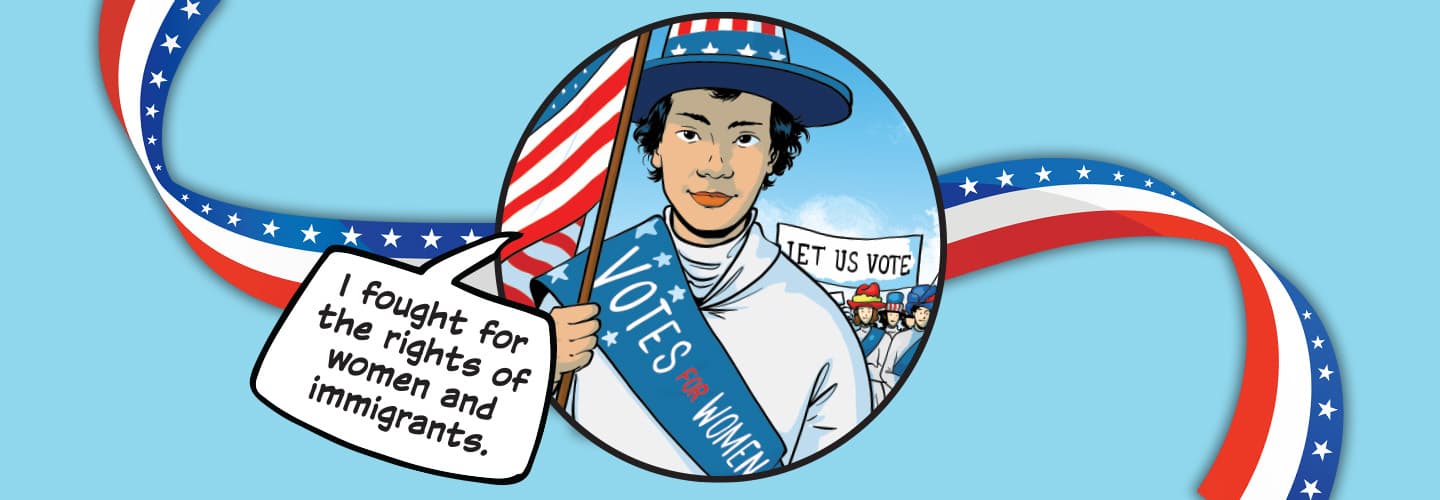On May 4, 1912, more than 10,000 people took to the streets of New York City. They were marching in one of the biggest women’s suffrage parades the nation had ever seen. A group of women on horseback led the sea of marchers. One of the leaders was a 16-year-old named Mabel Ping-Hua Lee.
At the time, most women in the United States didn’t have the right to vote. Like her fellow protesters, Lee thought it was unfair that women didn’t have the same rights that men had. But as an immigrant from China, Lee had even fewer rights than most of the other marchers.
“In the early 20th century, women weren’t respected, and immigrant women got even less respect,” says Cathleen Cahill. She’s a historian and an author of a book about the role of women of color in the suffrage movement.

